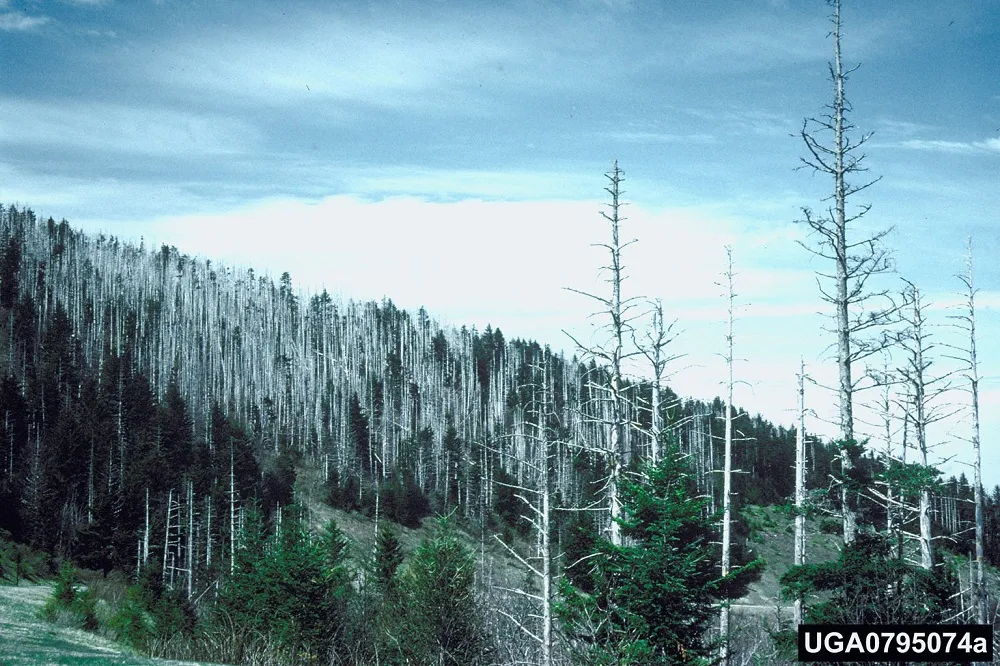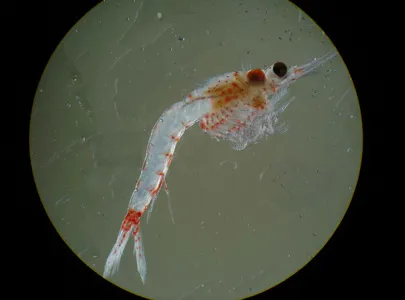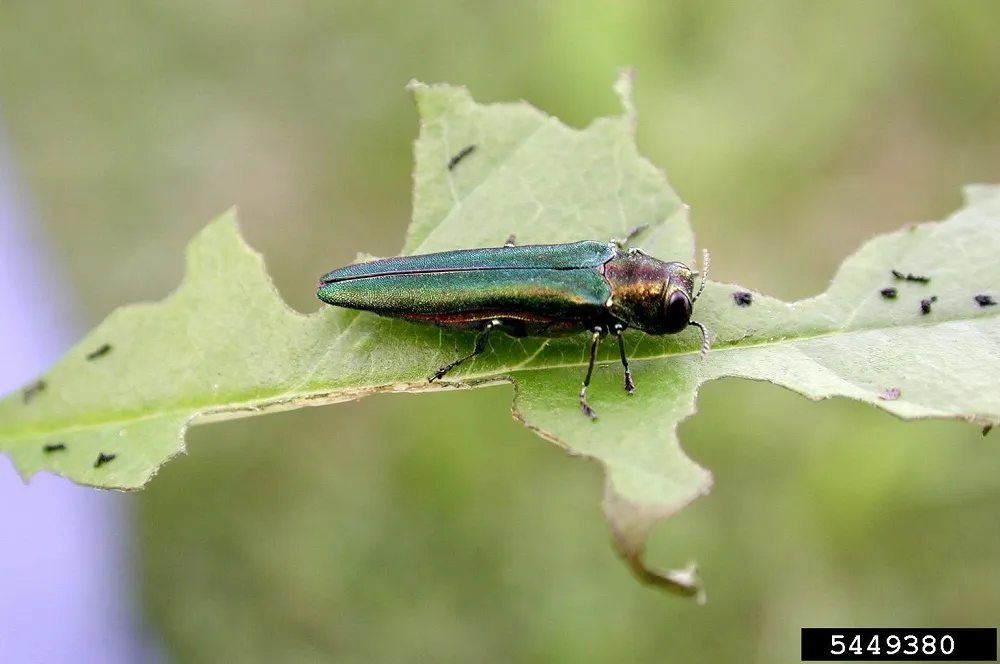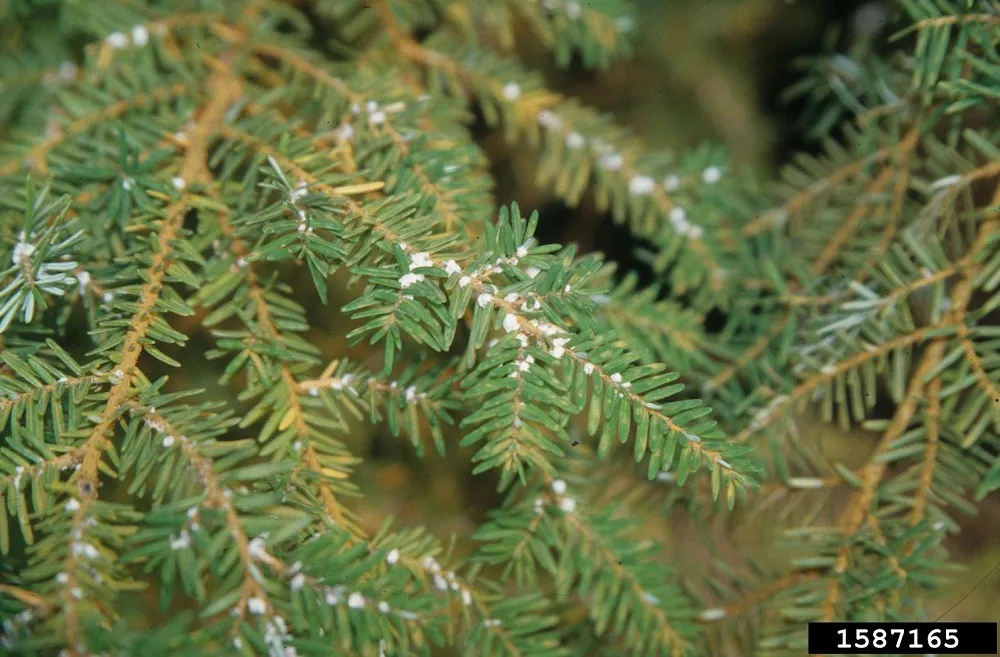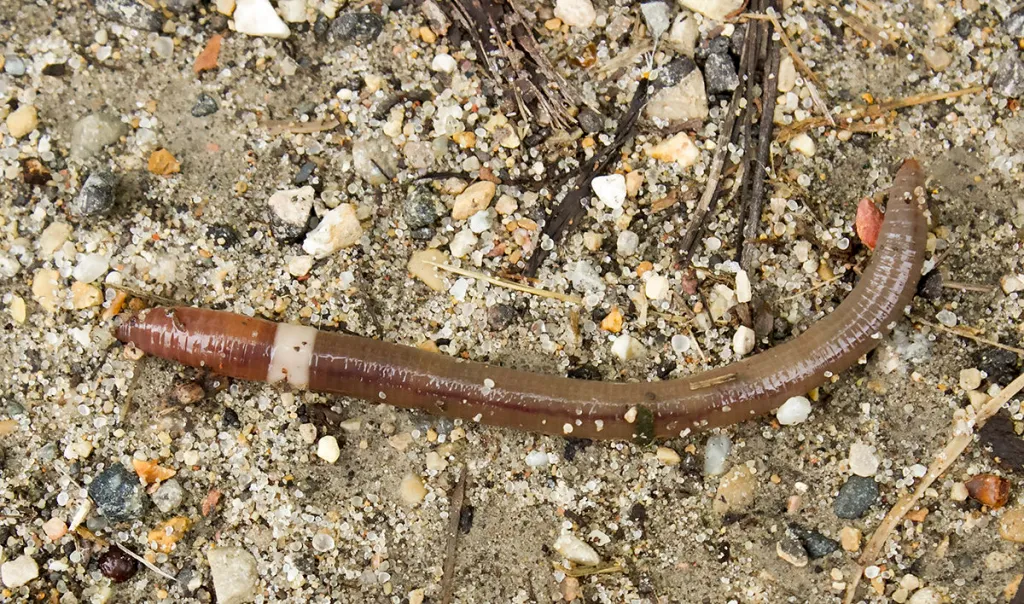Asian Longhorned Beetle
Anoplophora glabripennis
ALB has a glossy black body with white spots on top of the wings. Adults are 3/4" to 1" long. Antennae are roughly 2 times the body length with distinctive black and white bands. The legs and antennae have a bluish tinge. Adults are present from July to October.



